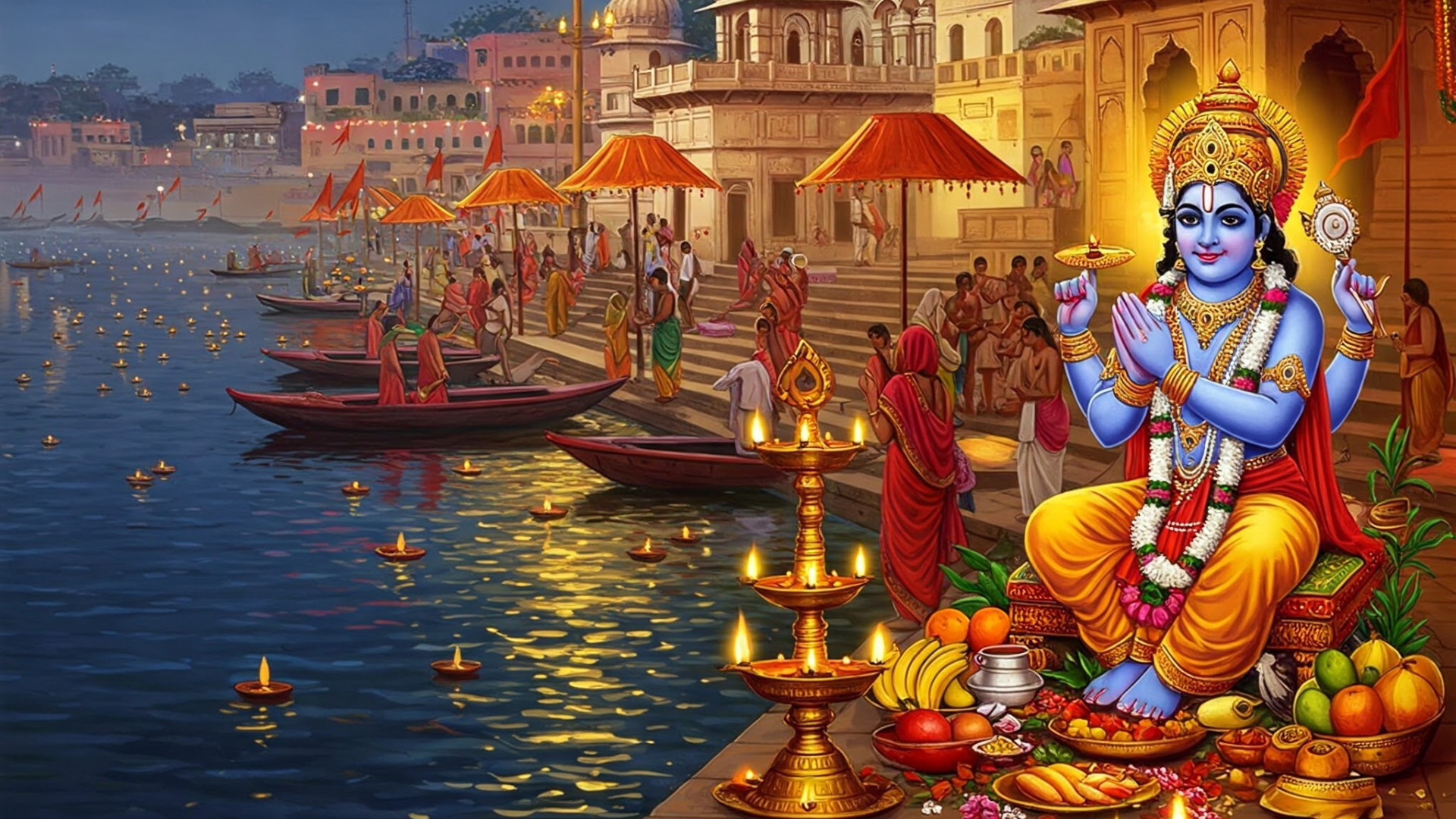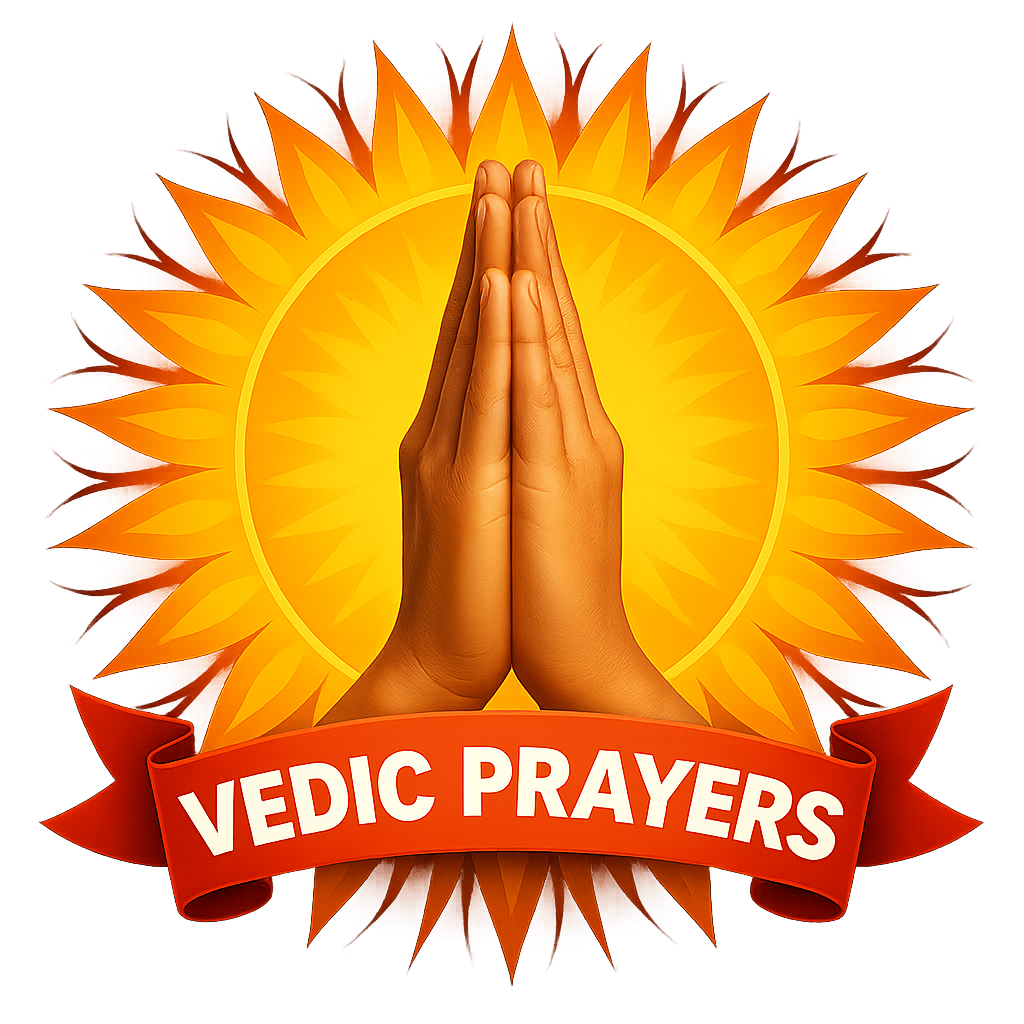
According to the Hindu calendar, Vaishakh Purnima falls on the full moon day (Purnima Tithi) of the Shukla Paksha (bright fortnight) in the month of Vaishakh. This day holds immense religious, spiritual, and cultural significance. It is considered highly sacred not only for followers of Hinduism but also for Buddhists. In Buddhism, this day is celebrated as Buddha Purnima because it marks the birth, enlightenment, and Mahaparinirvana (final liberation) of Lord Buddha.
In Hinduism, Vaishakh Purnima is associated with charity, merit, holy baths, and fasting. It symbolizes righteousness and spiritual practice, where individuals perform various religious rituals with the intention of self-purification and gaining virtue.
Why is Vaishakh Purnima Observed?
1. A Sacred Day for Bath and Charity:
This date is considered the most auspicious for holy bathing and giving alms. It is believed that bathing in the Ganges or other holy rivers on this day destroys all sins.
2. Religious Worship and Devotion:
On this day, Lord Vishnu is worshipped in his Satyanarayan form. Observing fasts and performing rituals bring happiness, prosperity, and peace to devotees.
3. As Buddha Purnima:
Three significant events in the life of Lord Buddha—his birth, enlightenment, and Mahaparinirvana—occurred on this day. Hence, it is a very sacred day in Buddhism.
Vaishakh Purnima Puja Vidhi (Worship Procedure)
On this day, devotees observe fasts and remember the Lord throughout the day. The worship procedure is as follows:
1. Morning Bath and Sankalp (Vow):
- Wake up early during Brahma Muhurta and bathe with water mixed with Ganga Jal (holy Ganges water).
- Wear clean clothes.
- Take a vow for the fast:
“I observe the Vaishakh Purnima fast today to receive the blessings of Lord Vishnu.”
2. Preparation of Worship Space:
- Purify a quiet area of the house with Ganga Jal.
- Install an idol or image of Lord Vishnu or Satyanarayan.
- Offer yellow cloth, sandalwood paste, rice, flowers, and Tulsi leaves.
3. Reading the Vrat Katha (Story of the Fast):
- Read or listen to the Satyanarayan Vrat Katha.
- Conclude the story with an aarti (ritual of worship with a lamp).
4. Offering of Food (Bhog and Prasad):
- Offer fruits, Panchamrit, kheer (rice pudding), halwa, betel leaves, coconut, and dry fruits to the deity.
- Distribute the prasad afterward.
5. Acts of Charity (Donation):
- Donate food, water, clothes, ghee, umbrellas, fans, shoes, green fodder for cows, and money.
- Serve food to Brahmins or the needy.
6. Nighttime Worship:
- Offer Arghya (water offering) to the moon and perform Chandra Puja (moon worship).
- Stay awake through the night or chant the name of Lord Vishnu with devotion.
What to Do on Vaishakh Purnima
- Take a holy bath and offer charity: This day is ideal for holy baths, giving alms, and spiritual penance. Bathing in the Ganges or any pilgrimage site is especially rewarding.
- Worship Lord Vishnu: Recite the Vishnu Sahasranama, the Bhagavad Gita, or chant Vishnu mantras.
- Observe the Satyanarayan Vrat Katha: This brings prosperity and frees one from life’s troubles.
- Celebrate Buddha Purnima: Buddhist followers bathe the idol of Lord Buddha, offer incense and lamps, and read the Tripitaka.
What Not to Do on Vaishakh Purnima
- Avoid meat and alcohol: These are strictly forbidden.
- Avoid lying, cheating, or impure actions: Such acts nullify the merits of the fast.
- Avoid onion, garlic, and tamasic food: Eat only sattvic (pure) food.
- Avoid anger and disputes: Maintain peace and composure.
Benefits of Observing Vaishakh Purnima
- Freedom from sins: Fasting and bathing with true devotion purifies one from known and unknown sins.
- Health benefits: Bathing in holy rivers revitalizes the body and mind, providing relief from ailments.
- Attainment of happiness and prosperity: Worshiping Lord Vishnu brings peace, wealth, and joy to the family.
- Blessings of ancestors: Offering pind daan (ancestral rites) and tarpan (libation) brings satisfaction to forefathers and their blessings.
- Spiritual knowledge and liberation: For Buddhists, this day symbolizes liberation and inspires one toward self-realization.
- Mental peace and spiritual strength: Practicing self-control and meditation throughout the day purifies the soul and calms the mind.
Special Information
- Mythological Belief: It is believed that Sage Ved Vyasa began writing the Mahabharata on Vaishakh Purnima.
- What to Donate: A pot filled with water, roasted gram flour (sattu), rice, items for snakebite protection, kheer, sweets, food for cows, clothes, fans, etc.
Vaishakh Purnima is not just a date—it is a grand festival of spiritual elevation, righteousness, and religious awakening. This day teaches us that by walking on the path of dharma and observing regular spiritual discipline, one can attain purity, holiness, and virtue in life. The observance and worship on this day purify the mind, body, and soul.
Whoever observes the Vaishakh Purnima fast with sincerity, devotion, and adherence to rules is freed from life’s miseries and becomes a recipient of divine grace. The festival of Vaishakh Purnima sends a universal message of religion, compassion, wisdom, and service to all of humanity.
















